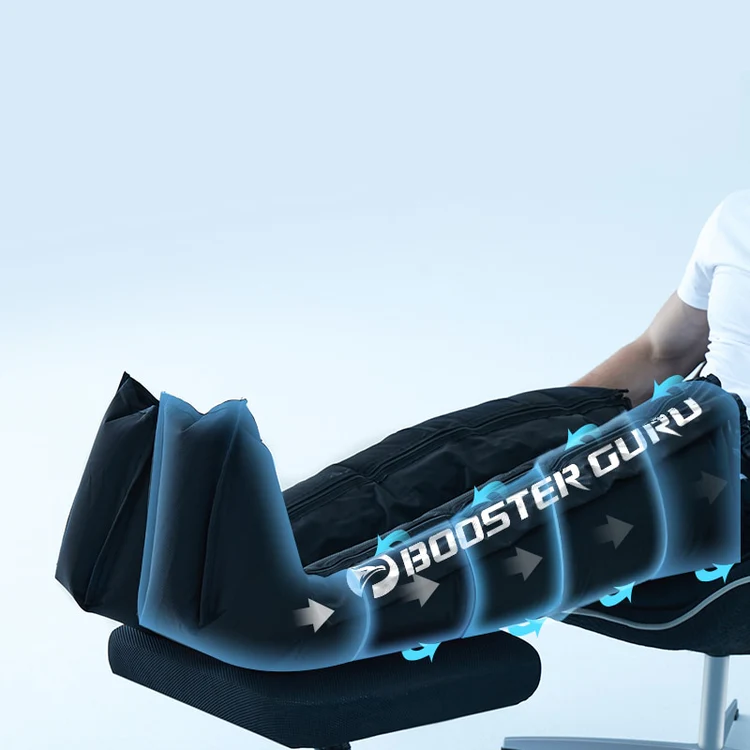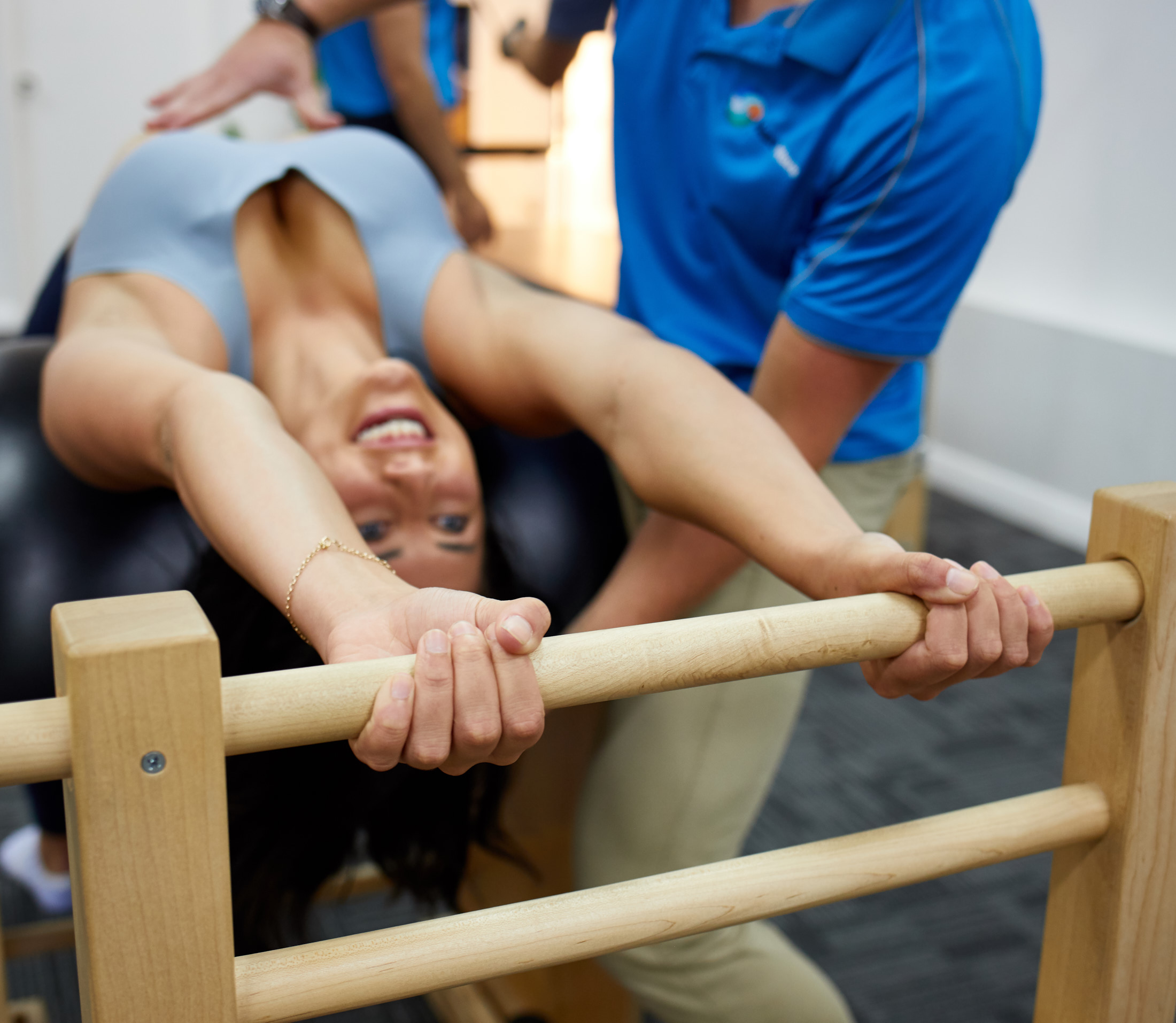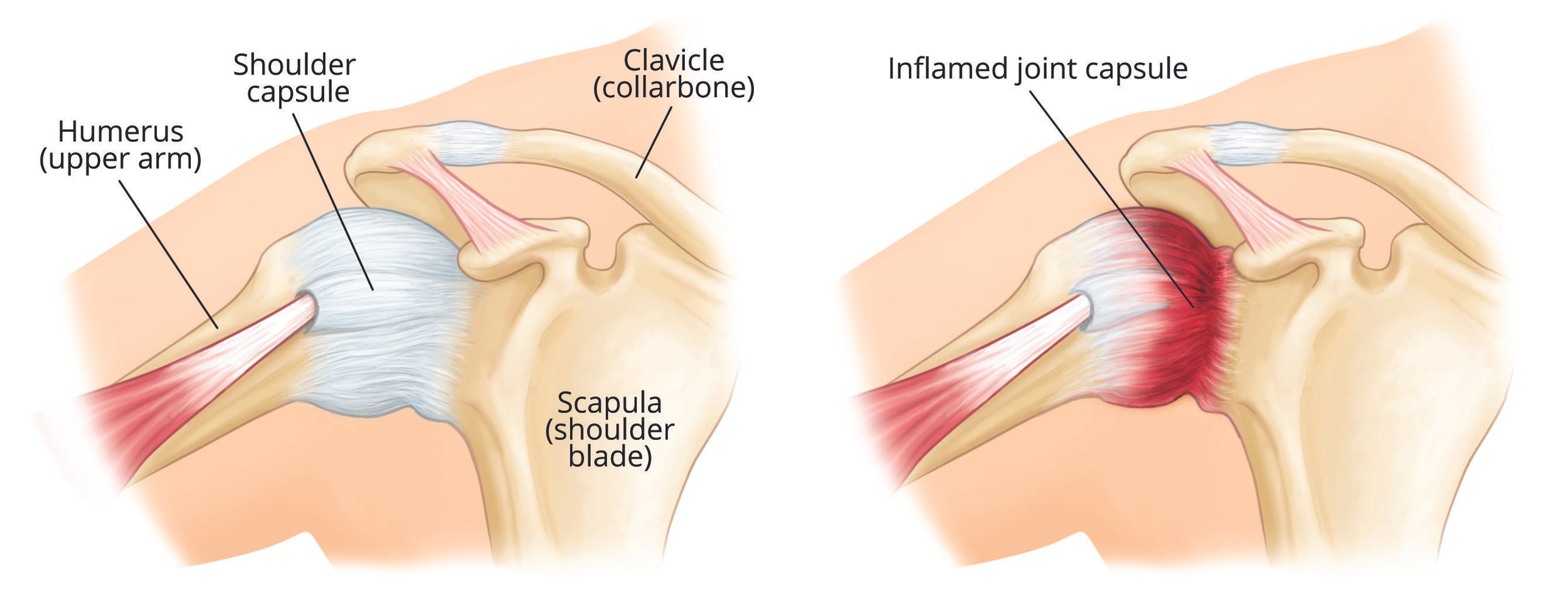Committed Action versus Resulotion
It’s that time of year … post new year’s eve, post festive season, post the fervent build up to Christmas, post over indulgence and post putting our ‘real life’ on hold in general.
It’s also that time of year where we have made new year’s resolutions and they are, for most people starting to unravel, even the tiniest bit.
Most New Years Resolutions Fail
As someone who helps people set goals for every aspect of their life, I have always been suspicious of the new year resolution tradition. So, I did a bit of digging and discovered one study, involving 3,000 people, showed that 88% of those who set New Year resolutions – fail! (1)
What???!!
Every year, this tradition is practiced, by people in the West and East, and only 12% succeed.
Why???!!
We usually blame ourselves, our lack of will power, lack of persistence, lack of self care …lack of…
What if I told you there are many other reason’s we fail to achieve our new year resolutions (and goals in general)?
According to a 2014 report (2), of participants who failed their New Year Resolutions,
35% had unrealistic goals
33% did not keep track of their goals
23% simply forgot about them
And 1 in 10 respondents claimed they made too many resolutions.
These results are consistent with common reasons people fail to achieve their goals. But they still do not explain WHY this happens.
Why do New year Resolutions Fail
When we set new year resolutions, they are generally a firm decision to do or not to do something.
So what happens?
You’ll be pleased to hear we can (mostly) blame it on the brain.
Many people rely on will power to achieve goals. And while a little ‘elbow grease’ is needed, it isn’t sustainable in the long term and is certainly not helpful when you have other more pressing needs for your prefrontal cortex (the part of your brain responsible for memory, concentration and solving abstract problems). Resolution is a “quality” of being determined or resolute. It is a “decision” to do or not to do something. So when the same part of your brain that needs to use this will power has other more pressing things to do, the will power or determination goes out the window.
We can also blame it on the Happiness Trap
Failure can also come from the Happiness Trap. Our society tends to promote the need to improve, develop, change or modify ourselves or our life in some way in order to achieve happiness. This is a fallacy. This mentality only leads to the happiness trap. That’s where we believe we will only be able to relax/be happy/ feel good about ourselves etc etc when we have achieved x/y/z.
That’s crazy! It is living in the future and totally the opposite of living mindfully.
When we can be fully present, our life experiences become richer and more meaningful. This happens regardless of the pain and stress that is inevitably always there.
5 Steps to Successful Commitment
-
Connect with values.
Prioritise what is most important. This means truly evaluating what you want, need and are expected to do in life. What in your heart of hearts do you truly want? What would make a difference for you? What is most important write now in your life?
-
Be smart with your heart
Set SMART goals. These are specific, meaningful, adaptable, realistic and timely .
“The latest neuroscience research suggests spreading resolutions out over time is the best approach.” (1)
Follow your heart. What do you want your life to be about? Who are you? Who are you becoming? This means setting long term (the next 5-10 years), short term (this year) and present goals (days and weeks)
-
Create an attitude of commitment
Commitment is not a promise or prediction of success. It is simply a commitment to moving toward a valued direction in life regardless of the barriers. Making room for the road blocks you will endure on the way helps to navigate your way past failures. Expect to fail. This is normal and will happen again and again. An attitude of commitment understands this and enables you to continue, not turn away from it.
Road blocks on the middle path include – uncomfortable thoughts, feelings, sensations and urges that arise. They inevitably will be there and usually reappear or amplify when commit to action something that is important to us.
Occupational therapists at Next wave Therapy can help you navigate these road blocks. Acceptance and Commitment Therapy (ACT) is a more specific type of therapy we use to help when road blocks are more serious. These include negative, intrusive or self harming thoughts; feelings such as anxiety, panic or low self confidence; and sensations like pain.
-
Walk the Middle Path
Be open to change; it is inevitable.
Open your heart-mind to seeing things from different angles. There are many layers to truth.
Avoid black & white “all or nothing” thinking. There are many grey areas.
The middle path is a delicate balance between acceptance and change. It requires both. -
Set goals in synch with Life Cycles
We cycle through five elements each year. Earth in late summer, Metal in Autumn, water in Winter, Wood in Spring and Fire in Summer. Each cycle has its own resonance and recommended way of being and living. More information on the cycles coming soon.
One Path
This year, more than ever it seems fitting to walk the middle path. I call it an “ungoal” because it is a goal to live life as it is write now. ‘Un‘ means lacking., but there is nothing lacking in walking the middle path.
Walking the middle path means not striving to change but enjoy. Not adding or taking anything away but appreciating what is. The amazing thing that happens in the middle path is that change happens as a byproduct.
Un also means one. One path. No distractions. One commitment. No excessive goals. One life. No day dreaming. One. Won!
Walking the middle path is a journey full of rich and meaningful experiences.
Please reach out to me if you want help walking the middle path? That’s creating change through values guided commitment not through will power and resolution.
Copyright Next Wave Therapy (2021) Written by Sasha Wray Occupational Therapist, Naturopath and Acupressure Practitioner at next Wave Therapy.
References
1. Lehrer, Jonah (December 26, 2009);Blame It on the Brain;. The Wall Street Journal. ISSN 0099-9660.
2. Hutchison, Michelle (29 December 2014);Bunch of failures or just optimistic? finder.com.au New Year 's Resolution Study Retrieved 19 April 2018.








